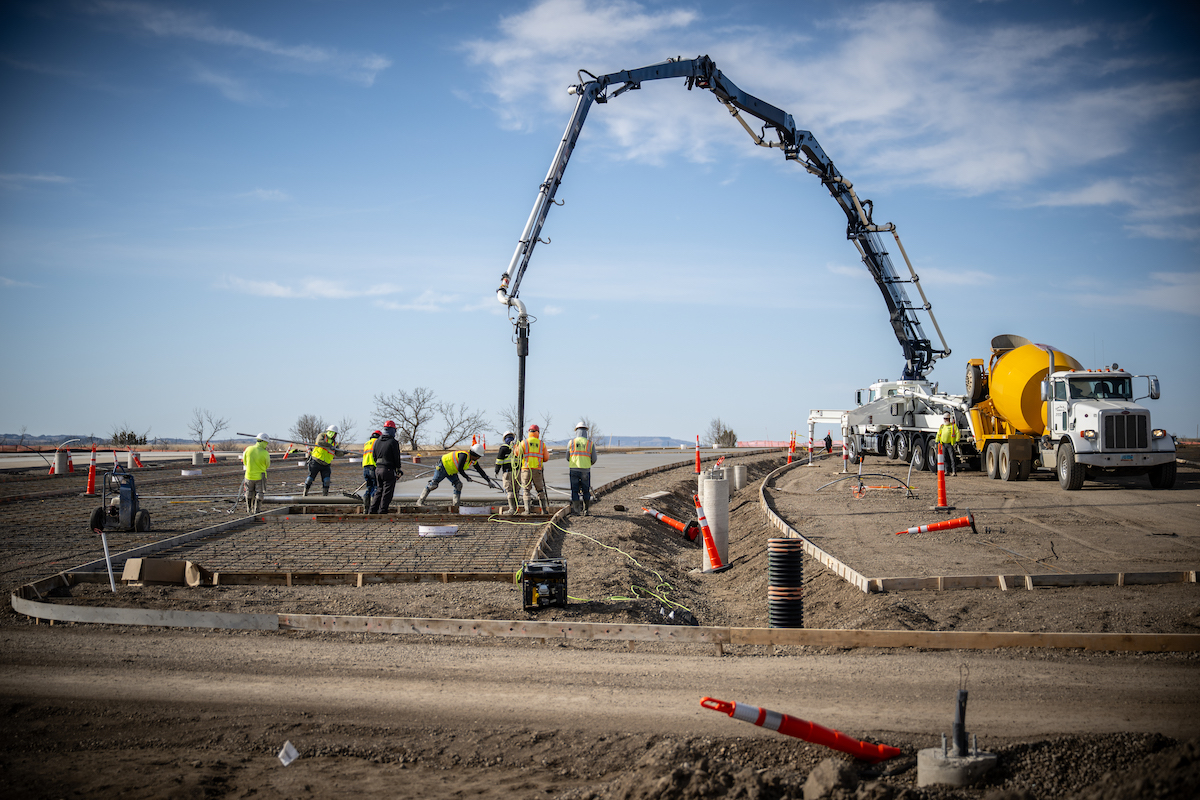The industry is changing, and states like Tennessee and Illinois recently introduced new laws expanding the ability of their Departments of Transportation to use alternative delivery methods. As legislation evolves, contractors should familiarize themselves with PDB best practices to remain competitive, minimize risk, and reap the rewards of this game-changing delivery method.
In this approach, an owner typically engages the design-build team based on their qualifications and best-value technical proposal before developing a project scope and sometimes even before they have fully developed their conceptual plans. The owner then shortlists their preferred partners and conducts interviews to make their selection. After the job is awarded, the owner, contractor and designer work together to define the project scope and agree on a final target price and completion date.
First used in the water/wastewater sector, the progressive design-build procurement and contracting approach has been around for two decades, though some markets have been slower to implement it. PDB is still unauthorized in states like North Dakota, Iowa, Pennsylvania and Oklahoma. Even in states where it is legal – like New York, Mississippi and Georgia – laws that limit its use have hindered contractors from fully exploring its benefits.
The progressive design-build procurement method offers the design team more flexibility to meet budgetary needs because the guaranteed maximum price (GMP) usually is set once the final design reaches 60 to 80 percent completion. Once you reach that point, if the GMP cannot be negotiated and accepted, the owner and design-builder each have the option to take the “off-ramp” and walk away from the project with no legal obligation to complete it.

| Your local Komatsu America Corp dealer |
|---|
| Road Machinery and Supplies Company |
Although traditional design-build projects tend to be more profitable than hard-bid jobs, higher risk is involved. Many contractors avoid them because it is not uncommon for heavy civil projects to face uncertainties and complexities that may emerge during the construction phase, leaving the contractor on the hook for unforeseen expenditures.
Instead of absorbing the cost of owner-directed changes or unforeseen circumstances, the PDB approach gives contractors greater flexibility and adaptability to address these challenges and risks early in the process, and mitigate them together. Additionally, the owner owns the contingency. As the design evolves alongside construction progress, the team can make real-time adjustments together, ensuring that the final project aligns perfectly with the owner's vision and budgetary requirements.
The Florida Department of Transportation’s (FDOT) phased design-build contract for the restoration of the Sanibel Causeway is a perfect example of this streamlined process. On September 28, 2022, Hurricane Ian washed away portions of Sanibel Causeway, a 3-mile series of bridges, leaving some locals stranded on Sanibel and Captiva Islands. After surveying the damage, FDOT officials selected Superior Construction and the de Moya Group as its preferred contractors to complete the emergency repairs detailed in the state’s first-ever phased design-build contract.
While faster than bid-build, traditional design-build procurement is still more time-consuming than PDB, as it requires contractors to submit a letter of qualifications and complete the technical phase once they’re shortlisted. That process can take up to a year. In this case, PDB allowed FDOT to award the contract less than one week after the hurricane hit, with construction starting the same day the contract was signed. The Superior-de Moya Group JV team completed temporary repairs, allowing the causeway to reopen to residents on Wednesday, October 19, nearly two weeks ahead of schedule.
PDB’s emphasis on creativity and continuous improvement leads to higher-quality outcomes and exceptional infrastructure that meets or exceeds industry standards. In addition, since all parties are working together and claim equal ownership over design and constructability challenges, the risk of claims is also reduced.
A PDB project’s request for proposals cannot be overly restrictive, as that contradicts the very nature of this procurement method. If an owner writes a prescriptive proposal, they are dictating what they want and not allowing contractors flexibility to design and innovate solutions. It may be that the owner is simply not used to this delivery method. If that is the case, the design-builder may choose to educate them on the platform or walk away.
Understanding the nuances of when to embrace progressive design-build versus traditional delivery methods is crucial to a project’s outcome. Suppose a project doesn't have significant scheduling, permitting, utility, or right-of-way risks. In that case, it is likely better suited for bid-build or traditional design-build, as those methods can offer more cost advantages due to competition among bidders.
Through early adoption, contractors can harness the potential of progressive design-build, leading to cost efficiencies, early identification of risks, improved schedule performance, and a noticeable reduction in change orders.
###
David Nardon, DBIA, is Director of Alternative Delivery at Superior Construction, an American family-owned infrastructure contractor. Nardon is also treasurer of the Florida chapter of the Design-Build Build Institute of America. Contact him at DNardon@superiorconstruction.com.
Photos courtesy of Superior Construction










































































